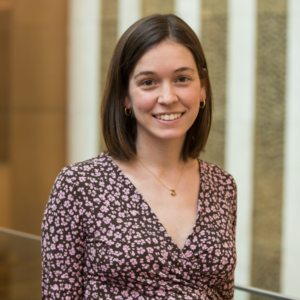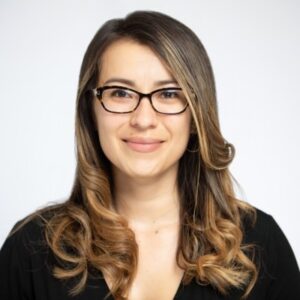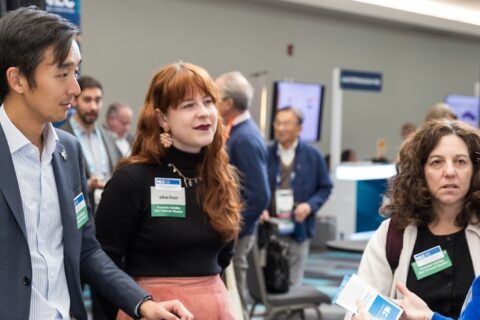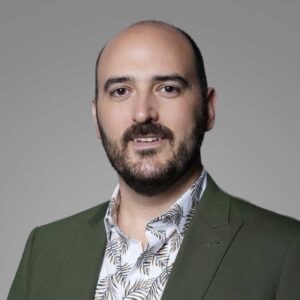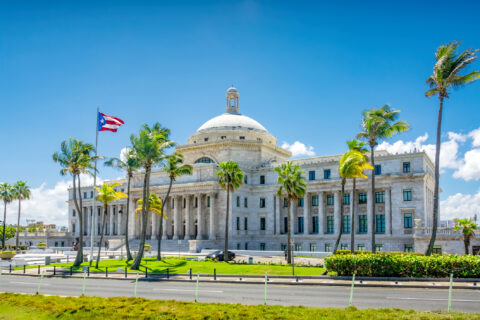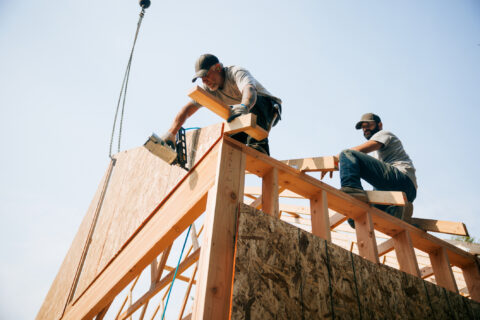Co-authored by NLC intern Sharon Glenn
Community Project Requests — previously referred to as “earmarks” — are one-time funding requests that can be spent over a one-year project period. Unlike traditional grant applications, which are submitted to federal agencies, cities submit a project proposal directly to their Senators and respective House Member.
In Rancho Cordova, California, community project funding helped cover computer lab equipment, as well as a portion of the initial operating costs to open the city’s first Youth Center, creating a safe and supportive space for students after school and during the summer.
This blog is based on an interview with the city.
The Project at a Glance
- Location: Rancho Cordova, California
- Population: 85,451
- Project: Rancho Cordova Youth Center
- Funding Source: FY2023 Appropriations: Labor, Health and Human Services, and Education, and Related Agencies (PDF)
- Funding Amount: $350,000
- Writer: City Staff
- Timeline: Funding requested in 2022 and center opened in 2023.
Community Need
The Rancho Cordova Youth Center is the first of its kind in the city, serving schoolchildren aged 6-18 who live or go to school in the city. The city recognized the need for meaningful engagement after school and designed the youth center as a fun, safe and enriching environment where students can access academic and sports programs designed to create healthy minds and bodies. The goal of offering enrichment activities and mentorship is to guide learning, create healthy habits and help shape future leaders.
The center provides year-round programming, such as computer coding, martial arts, ceramics, a visual arts and business development workshop series and environmental science courses. To reduce barriers and create access for all students, the youth center programs are free, including afterschool transportation from seven elementary schools.
Funding in Action
Rancho Cordova received $350,000 in Community Project funding to cover one-time startup costs such as new technology and initial operating expenses for the first eight months after opening. The city funded the construction costs of the center and is committed to covering future operating expenses.
“Pursuing federal grant dollars for local projects is an important building block for cities, towns and villages to realize projects both big and small. Successfully pursuing Community Project Funding requires partnership and collaboration with the City Council, city staff and Congressional Delegation staff, as well as a true understanding and ability to communicate how your project serves the greater community.”
– David M. Sander, Rancho Cordova City Council Member and immediate past President of the National League of Cities
Many voices contributed, including department staff, the City Manager, City Council and community members. Each year, leaders align their priorities and meet to identify the projects that would resonate most with their Congressional delegation. The city has found that projects that are shovel ready or already partially funded are typically the strongest candidates.
“Throughout the year, you should be building your relationship with your delegation. Don’t discount how important that relationship is – that’s how you figure out which projects really resonate.”
– Megan Siren, Assistant to the City Manager
Impact on the Ground
According to the Rancho Cordova Youth Center’s data, the center has served more than 400 households and recorded over 10,000 youth visits since opening in 2023. With additional capacity to serve more students at the center, staff are now partnering with the school district to expand free transportation options, including school bus shuttles that bring students directly to the center.
Learn More
Explore NLC’s guide to tracking FY2026 Community Project Requests in Congress to help your city successfully navigate the process.



